Idli
Just a mention of this word is enough to brighten me up anytime of the day, and I don’t care if idli is mainly a breakfast item, I can eat it whenever…
If you have to pick the most popular breakfast item from each state in India, idli will be the de facto breakfast staple for Tamil Nadu. It is also a very popular breakfast item in other South Indian states like Kerala, Andhra Pradesh, Telangana and Karnataka even though those states have their own popular breakfast items. Idli is loved by all ages – from babies to very old people. If eaten in moderation, idli is considered a very healthy dish as it is steam cooked.
I grew up eating idlis almost on a daily basis. My mom used to manually grind the batter using an old fashioned grinding stone (attu kallu) every evening. She made those awesome idlis in the morning along with a chutney of choice using the traditional flat grinding stone (ammi kallu). It was hard labor to make the idli batter and the chutney using those granite stones in those days. The modern electrical wet grinder was invented in Coimbatore (a city in Tamil Nadu) and no doubt it became so popular. Do you know 75% of the wet grinders in India are manufactured in Coimbatore?
Now let us take a look at the idli batter recipe from Senthil’s Kitchen. My recipe is slightly different than the norm and we love it this way.
How to make idli batter?
- Rice : Urad dal ratio should be 3 : 1. For rice, I mix two varieties – idli rice (75%); Kerala Matta Red rice (25%). Due to the Kerala Matta rice, the dosas come out more golden brown, taste amazing with a unique taste. But the idlis do not come super white because of the red rice and also because I also add slightly more methi seeds, but we are OK with them not being super white. For Urad dal: I use whole urad dal, along with one tablespoon or more of methi seeds (yes lots of methi seeds).
- Wash and soak both rice and urad dal (with methi seeds) separately for at least 4 hours. Grind urad dal batter first in a wet grinder for about 20 to 25 minutes until it gets to a very fine and soft consistency like butter. The key is to add enough water little by little while grinding. Remove urad dal batter and grind rice next to a slightly coarse consistency, again adding enough water a little by little. Add enough salt and mix both batter well by adding more water if needed. The consistency of the batter should be such that it should freely flow from your hand or a ladle, but should not too thin or thick!
- Let the batter ferment for 12 hours, or until the batter has almost doubled up in volume. I keep the batter inside an oven rack as it is insulated from the air conditioning (batter needs slightly warmer temperature to ferment).
- I have an old fashioned idli steamer that you make idlis by layering a white cloth over the moulds (my favorite). I also have the new style idli moulds where you apply sesame oil over the moulds and steam idlis.
Additional tips
- Idlis taste best when idli rice is used. Idli rice is a specific variety of rice that is parboiled (idli rice looks short and fat). Please note that while idli rice is parboiled, not all parboiled rice are idli rice but there is no harm in trying with different varieties of rice. To be honest, I grew up in poverty, and I did not know that such a thing called idli rice existed at all. We always used the ration rice (some random parboiled rice) that was available at a discounted price from the public distribution system, nevertheless the idlis tasted great (maybe because they were made by mom).
- Some people use less urad dal proportion, but I use more urad dal because it has got protein.
- We can substitute millets for idli rice (some or total). We sometimes mix millet powders to the batter and use it for making dosas.
- When the batter is fermented, mix it gently. If you mix too much, the batter will lose aeration and reduce in volume thus preventing the idlis and dosas from turning fluffier/ softer.
- Due to variation in particle size and weight, even though how well you mix the batter, rice particles tend to settle more towards the bottom. Dosas would taste OK (actually better) with more rice proportion, but for softer idlis, you need more urad dal proportion. So, once the batter is fermented, mix it once, and use the top portion of the batter to make idlis, and use the bottom portion to make dosas.
- Leftover idlis freeze very well. I always have some in the freezer just in case; frozen idlis can also be used to make awesome idli upma.
Varieties of idlis
There are so many varieties of idlis:
- Regular idli
- Mini idlis (same batter, you need different plates with smaller size moulds)
- Stuffed idli (same batter, you put some veggies like carrot slices in the middle of the batter)
- Khushboo idli (same batter, but made in bigger moulds, named after one of my most favorite actress Khushboo)
- Kanchipuram idli (different recipe)
- Rava idli (different recipe)
- There are also other less known variations like thattu idli, etc (will cover in future blogs)
Popular side dishes to go with idli/ dosa
Sambar and coconut chutney are the most popular accompaniments, followed by peanut chutney, tomato chutney, onion chutney, mint/ coriander chutney, idli podi with sesame oil, ghee, butter, or even yogurt.


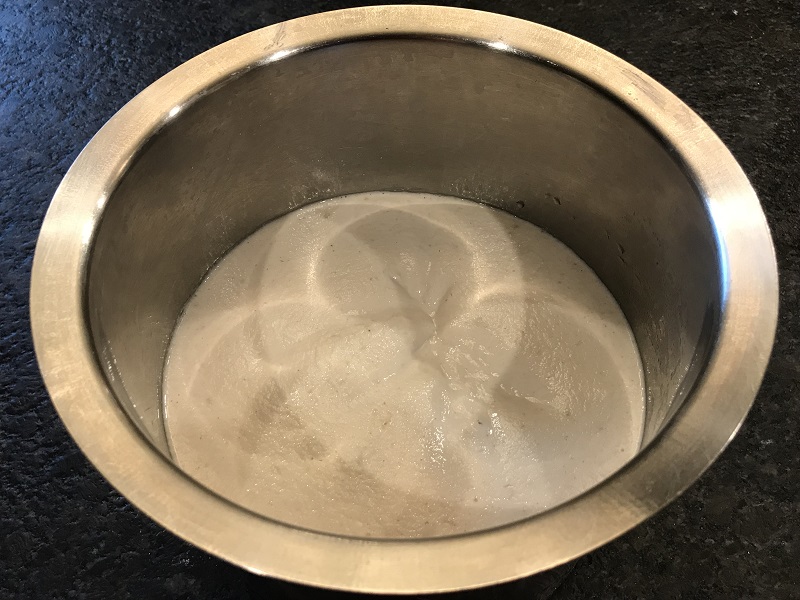

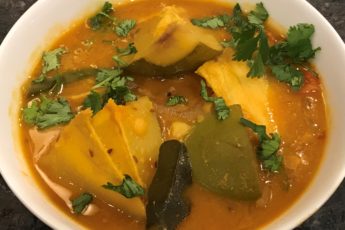
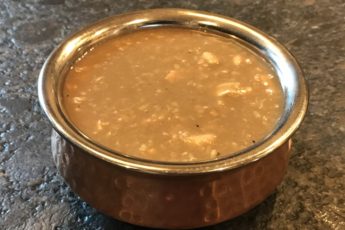
 Hello, my name is Senthil. I am a passionate food blogger from Houston, Texas. This is my online kitchen, and I will be cooking delicious recipes for you, provide kitchen tips that I have learned over the years, and share personal stories and fond memories around food. Keep checking out for new stuff!
Hello, my name is Senthil. I am a passionate food blogger from Houston, Texas. This is my online kitchen, and I will be cooking delicious recipes for you, provide kitchen tips that I have learned over the years, and share personal stories and fond memories around food. Keep checking out for new stuff!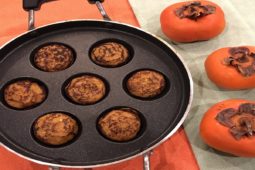
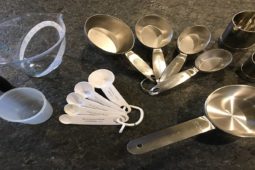
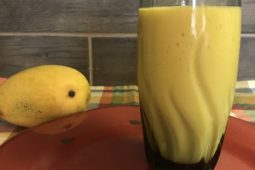
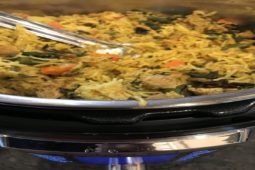
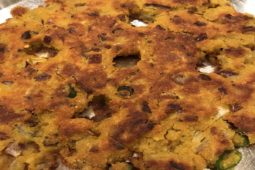
Leave a Comment